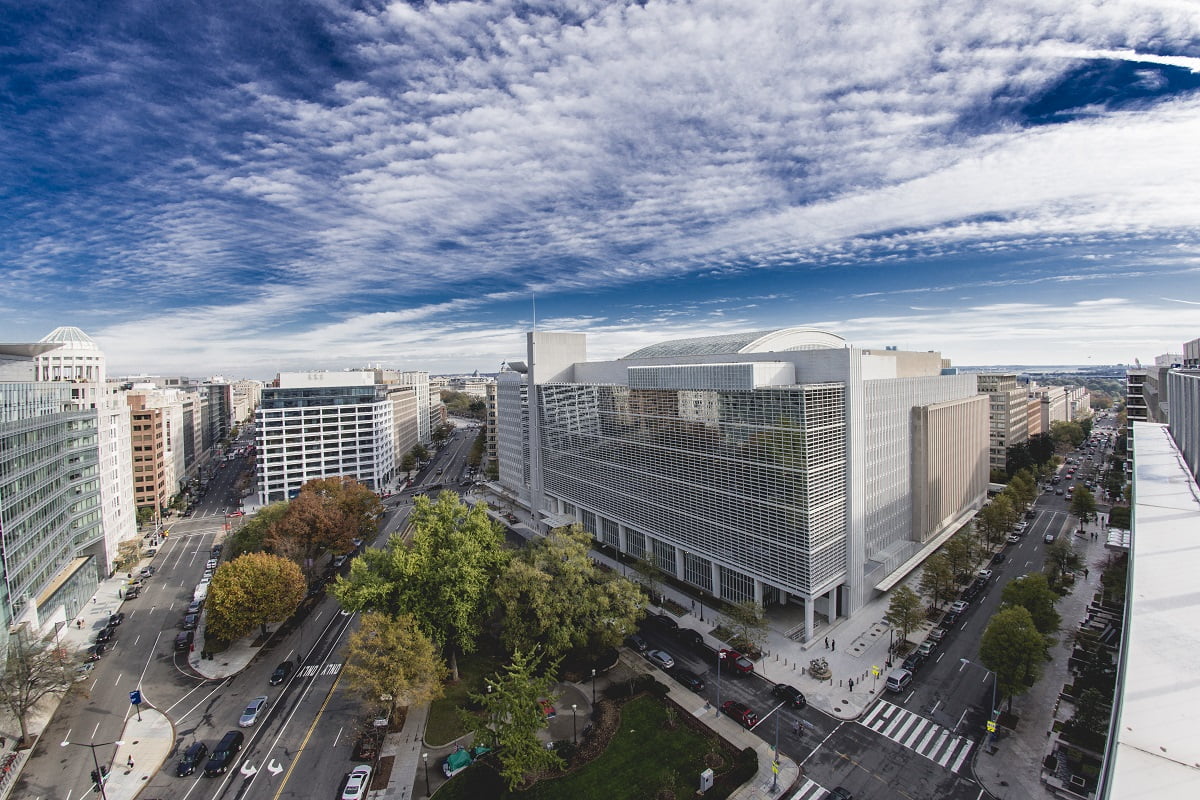Island bound (again)
Australia’s oldest bank changed its name from the Bank of New South Wales to Westpac in 1982, reflecting apparent optimism about business prospects in a globalised western Pacific at a time when Asia-Pacific was the favoured collective name for this part of the world.
Jump forward to the Indo-Pacific era, with all the implied meanings about a different geostrategic outlook, and Westpac has contracted its presence in the region. Its competitors now seem set to be recruited to do national service in the interest of that other current buzzword – economic statecraft.
The country’s largest bank, the Commonwealth Bank of Australia, is reported to be in negotiations with the Albanese government over taxpayer support for it to open an outlet in Nauru to help fend off a Chinese takeover of that country’s banking system.
While political parties were slugging it out over who lost the Pacific (by implication, to China) at the last election, the banking withdrawal provides a more practical case study in evolving economic statecraft.
And the ANZ Bank has been touting the need for “official sector coordination from governments and multilaterals” to make it more viable for it to continue commercial operations in the region that has become the frontline of Australian diplomacy.
“The Pacific Island region is difficult because the economies are smaller compared to other markets and doing business in the region can be complex. Each country has its own laws, regulations, customs, and tax,” ANZ chief executive Shayne Elliott told a conference last month organised by the US and Australian governments to bolster the banking systems in the region.
Indeed, while political parties were slugging it out at the last election over who lost the Pacific (by implication, to China), the banking withdrawal provides a more practical case study in evolving economic statecraft.
Westpac says it has been in Fiji for almost 120 years and was the first bank in Papua New Guinea in 1910. But by 2015, it was selling out of Samoa, the Cook Islands, Solomon Islands, Vanuatu, and Tonga. Its drawn-out departure from Fiji and PNG was upset by the PNG bank regulator, and then last year it said it would stay after reported pressure from both the Morrison and Albanese governments.

The ANZ, via its precursor banks, traces its origin in PNG to 1910 and elsewhere in the Pacific to more than 141 years ago. But it sold its PNG business in 2018 and then exited American Samoa and Guam in 2022. It still has 19 branches and says it processes 25 per cent of all payments into the Pacific, and around 15 per cent of all payments out of it.
Treasurer Jim Chalmers made the national interest surprisingly clear in his speech to the joint conference declaring: “Ensuring all Pacific countries have access to safe, secure and stable banking is one of Australia’s highest priorities in the region. You can bank on Australia to work with you to keep the Pacific connected to the global financial system.” And he made another deposit last week as reputedly the first Australian Treasurer for 20 years to attend a Pacific Islands Forum economic ministers meeting where Pacific banking was also on the agenda.
In 2022, Australia made its biggest single bet on Pacific business by backing Telstra – a well-connected former government-owned enterprise like the Commonwealth Bank – with US$1.3 billion to buy Digicel Pacific ahead of a mooted Chinese buyer.
Now with regional banking capacity rising up the economic diplomacy agenda, Elliott is making the corporate position clear: “We need to balance our desire to serve the Pacific region with our obligations to our shareholders … individual Pacific countries have been trying to solve this problem on their own when we are all part of the solution.”
Paying the piper
Australia’s stake in a functional Pacific banking system has been crystalised by the way its mostly successful importing of Pacific workers to fill labour shortages from farms to nursing homes is being undermined by the cost to those workers of sending money home.
A World Bank study for the joint conference says that migrants from Tonga, Samoa, and Vanuatu pay 8.7 to 11.2 per cent to send money home compared with a global average of 6.4 per cent and a Sustainable Development Goal global target of three per cent by 2030. It suggests they could be sending US$16 million more home annually if Australia could help facilitate a cheaper transfer system.
The Pacific countries have vulnerable financial systems with low levels of access, uneven national payments infrastructure, and are particularly exposed to the withdrawal of the correspondent banking relationships (CBRs) that underpin international trade, tourism, remittances, and humanitarian financial flows. The study warns that these CBRs have now dropped to unsustainably low levels.
On top of this, the struggle to maintain compliance with Anti-Money Laundering and Combating the Financing of Terrorism (AML/CFT) standards in Pacific countries means foreign banks are even less inclined to want exposure to the region. “The increased supervisory enforcement of AML/CFT standards weighs on the risk-reward trade-offs due to the financial and reputational risks involved when banks incur fines and other remedial measures for money laundering and terrorism financing offenses,” the study says.

Chalmers responded at the conference with $6.3 million in funding for World Bank, Asian Development Bank, and Australian programs to partly deal with these issues, which is part of a US$77 million World Bank rescue plan.
But the Commonwealth Bank is reportedly being asked to help fix a void being left behind in Nauru by the Bendigo and Adelaide Bank, ending a ten-year-old arrangement where it provides the country’s only financial services. Nauru’s apparent only other option to avoid becoming a cash economy would be to take up a Bank of China offer to provide a banking service.
After the Telstra precedent with Digicel, it would not be surprising for the banks to be demanding significant explicit or other support when both the Commonwealth and ANZ have been cleaning up their overseas bank ownership exposures due to the capital and other penalties they face on minority ownership or AML/CFT exposures.
Chalmers’s latest spending will only go so far in dealing with these risks. With all the talk about more Pacific compacts (or integration) arrangements like the Falepili Union with Tuvalu, it will be interesting to see when the real big banking integration solution is put on the table.
With the ANZ doing roughly a fifth of the foreign banking payments and the Commonwealth possibly being asked to run a Nauru bank in the national interest, will Australia contemplate extending its Financial Claims Scheme that underwrites up to $250,000 in domestic bank deposits to the Pacific family?
The China option
The government obviously faces an invidious choice over whether trying to keep Chinese influence out of the region’s telecommunications or financial infrastructure is the higher priority.
The problem for the banking choice is that Chinese economic interests are already quite well established on the ground in many regional countries, from corner grocery stores to mining ventures.
The problem for the banking choice is that Chinese economic interests are already quite well established on the ground in many regional countries, from corner grocery stores to mining ventures. This compares with some apparent withdrawal by some longstanding Australian businesses due to generational change and perceived poor growth prospects. So, there is a genuine growing business base for Chinese banks to operate in the region on commercial grounds, although there seems to have been little real action.
Those Chinese banks could prove to be more attractive CBR partners for domestic Pacific country banks and governments due to less stringent AML/CFT rules than Australian banks require. And China’s moves to develop a central bank digital currency as part of its plan to be less dependent on the global US$ system might also prove attractive in the region.
With worker remittances, inbound tourism, and development aid such a big part of the Pacific economies, Australia has an obvious potential outsized influence in shaping how the banking system evolves. But this looks like it requires some more subtle economic statecraft than simply buying Digicel. And more Australian business activity on the ground would help complete the circle.


